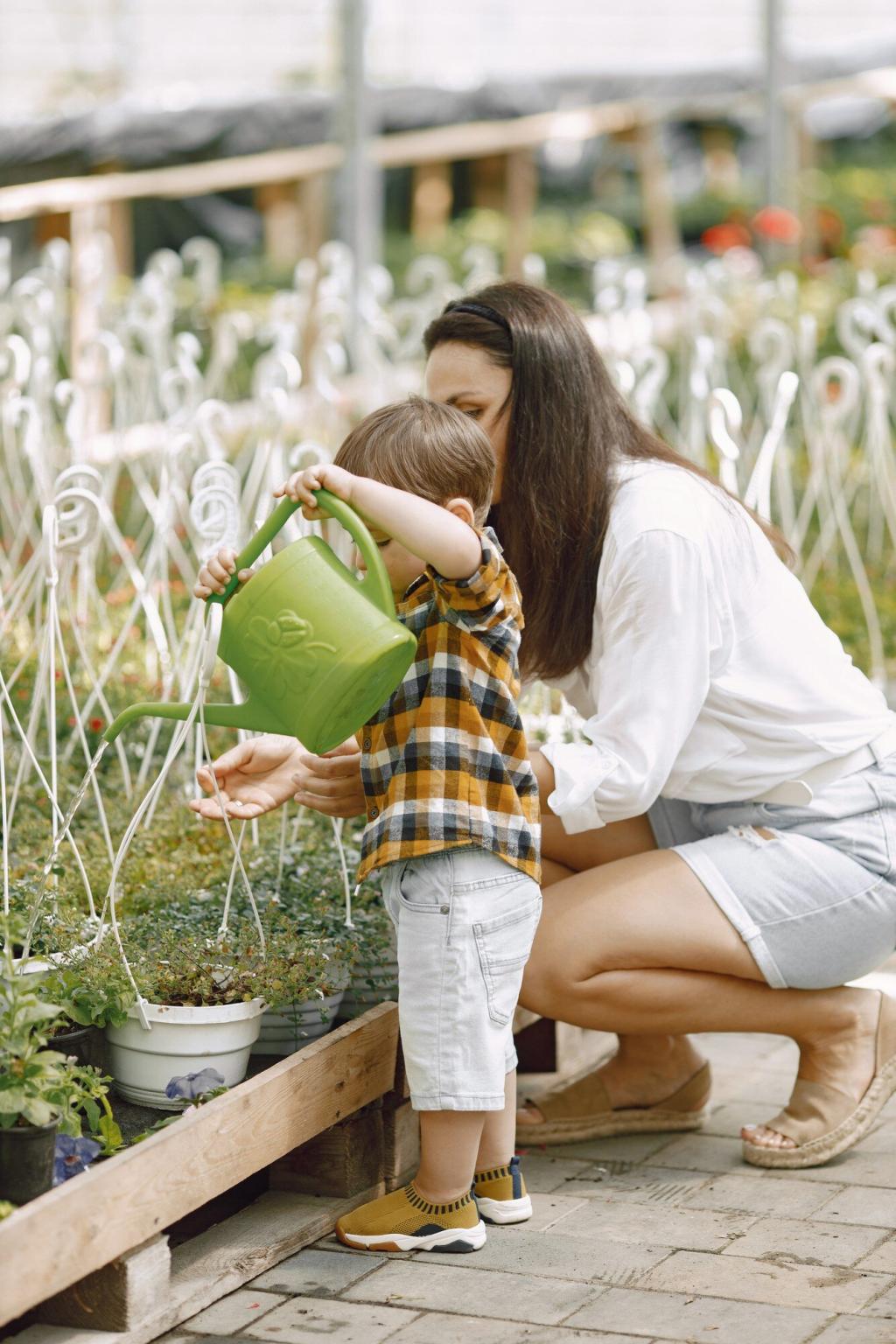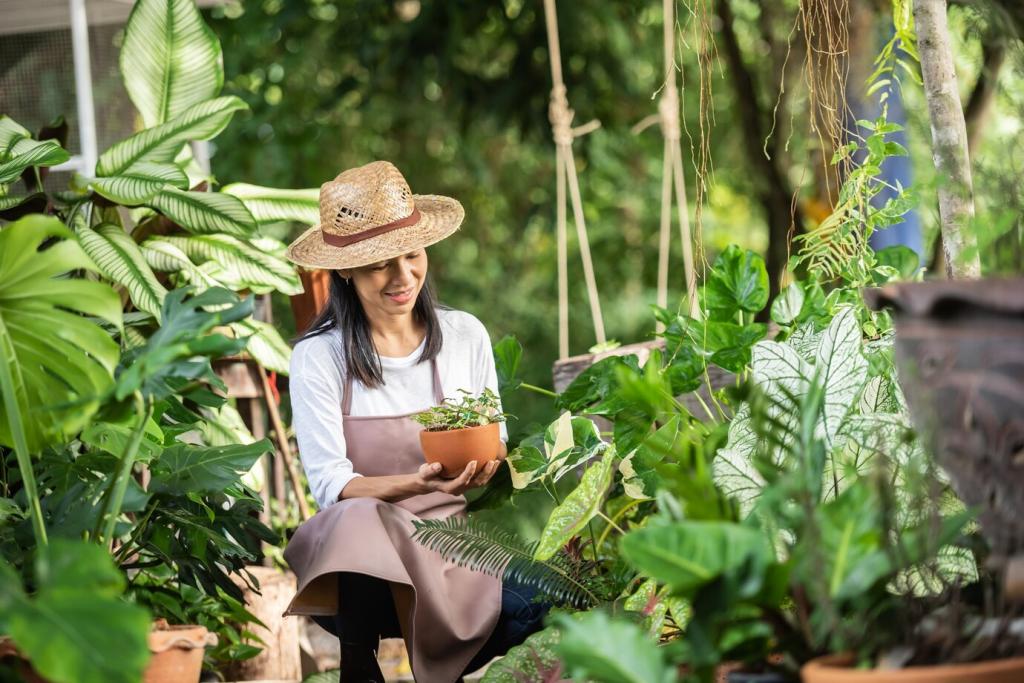Sustainable Urban Gardening Practices
Sustainable urban gardening practices are essential for creating greener cities, fostering community wellbeing, and minimizing the ecological footprint of urban dwellers. These practices leverage efficient resource use, ecological stewardship, and community engagement to transform underutilized spaces into vibrant green sanctuaries. By adopting thoughtful techniques and innovative strategies, urban gardeners can grow healthy food, support local biodiversity, and promote environmental resilience right in the heart of the city.

Integrating Green Spaces in Urban Environments
Rooftop gardens are a powerful solution for urban environments, transforming previously unused space into productive and biodiverse areas. They offer unique opportunities to grow vegetables, herbs, and ornamental plants, all while insulating buildings and reducing the urban heat island effect. Integrating these gardens requires careful planning regarding weight constraints, water access, and sunlight, but the benefits for both the environment and urban residents make these efforts worthwhile. Rooftop gardens can also provide a peaceful escape from busy city life, encouraging relaxation and connection to nature.
Vertical gardening is a highly efficient technique, maximizing growth in tight quarters such as apartment balconies, small patios, or even walls. This method utilizes structures like trellises, shelves, and specially designed growing containers to support plant growth upwards rather than outwards. Not only does vertical gardening provide significantly more planting area within the same physical footprint, but it also enhances air quality, provides insulation, and offers aesthetic improvement to urban settings. It encourages city dwellers to creatively use every inch of available space for sustainable food or ornamental plant production.
Community gardens spark collaboration among neighbors and revitalize vacant lots by turning them into productive, shared green spaces. These gardens foster a sense of ownership and belonging while offering valuable green infrastructure within densely populated areas. They encourage sustainability through composting, organic gardening techniques, and the sharing of seeds, knowledge, and harvests. By acting as urban oases, community gardens support mental and physical health, provide educational opportunities, and strengthen the fabric of local communities.

Sustainable Soil Management Techniques
01
Composting is a cornerstone of sustainable soil management, transforming food scraps, yard waste, and other organic matter into nutrient-rich humus. This process not only diverts significant amounts of potential waste from landfills, but it also enhances soil fertility, structure, and water retention. Urban gardeners can establish compact compost systems suitable for small spaces or even vermicomposting using worms. By enriching garden beds with compost, plants thrive naturally, reducing reliance on synthetic inputs and supporting soil health.
02
Employing locally sourced or recycled materials for mulching and bed construction is both environmentally responsible and cost-effective. Materials such as shredded leaves, wood chips, or repurposed cardboard help suppress weeds, regulate soil temperature, and slowly decompose to add organic matter. Using indigenous resources reduces transportation emissions and associated environmental impact. Urban gardeners benefit from sustainable practices that keep landscapes healthy and attractive while minimizing new material consumption.
03
Eliminating synthetic pesticides and fertilizers contributes significantly to urban sustainability and garden health. Urban ecosystems are vulnerable to runoff and chemical contamination, so choosing natural soil amendments and integrated pest management strategies is vital. For example, gardeners can implement crop rotation, interplanting, and encourage beneficial insects to manage pests organically. This approach protects local waterways, urban wildlife, and ensures that homegrown produce is safe for consumption all while preserving the integrity of urban soils.
Water Conservation in Urban Gardening
Capturing rainwater from rooftops, patios, and other surfaces is a simple yet effective water conservation strategy for city gardeners. These systems can be tailored to various scales, from rain barrels for balconies to cisterns for larger community plots. By collecting and storing rainfall, gardeners reduce reliance on municipal water supplies, cut costs, and ensure plants are irrigated with chemical-free water. Proper design and maintenance are essential for efficient use and to prevent stagnation or mosquito breeding.
